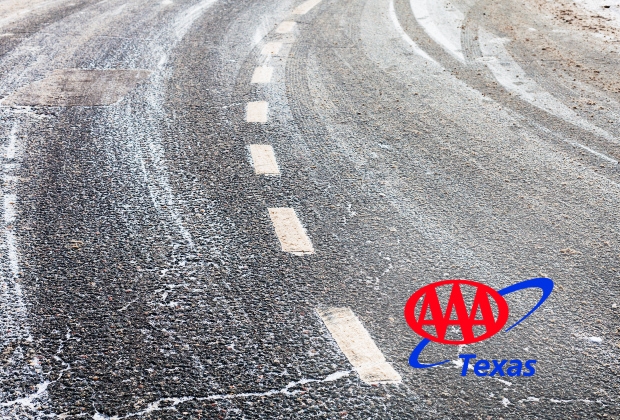
COPPELL (WBAP/KLIF)- With severe winter weather in the forecast, AAA Texas reminds drivers that traveling in winter conditions such as ice or snow can be challenging. During winter weather, drivers are encouraged to stay tuned to weather forecasts prior to a long-distance road trip and before driving in rural areas. Drivers should delay trips when especially bad weather is expected. Before departing, people should let others know their intended route, destination and estimated time of arrival.
Millions of Americans face expensive vehicle repairs from rust damage every year, and the chemicals used to de-ice roadways can be one of the main culprits. AAA Texas advises motorists to be proactive to prevent dangerous rust-related damage to brake lines, fuel tanks, exhaust systems, etc.
“Washing your vehicle in the winter, especially after roadways are treated for ice and snow, is critical to avoiding costly repairs down the road,” says Daniel Armbruster, spokesperson for AAA Texas. “Over time, rust can not only cause cosmetic issues, but serious safety issues if components on the underside of your vehicle become damaged.”
SOME ADVICE FROM AAA TEXAS:
How to Prepare your vehicle for driving in bad weather:
- Inflate Tires to the Correct Pressure. Check your tires’ air pressure when the tires are cool, because heat (from driving or the ambient temperature) can increase tire pressure readings by several pounds per square inch (psi). Low tire pressure results in poor handling and braking, reduced gas mileage, and excessive wear. So be sure to check your car’s tire pressure at least once a month—especially before a long trip.
- On the road:
- Make sure your headlights are on.
- Reduce your speed and leave plenty of room to stop. You should allow at least three times more space than usual between you and the vehicle in front of you.
- Brake gently to avoid skidding.
- Do not use cruise control on any wet, snow-covered or icy roads.
- Be aware of possible icy roads. Be especially careful on bridges and overpasses, which freeze sooner than roads. And even at temperatures above freezing, if conditions are wet, you might encounter ice in shady areas or on exposed roadways like bridges.
- Be careful on infrequently traveled roads, which may not be cleared as often as other roads.
- When a vehicle begins to skid, it’s important not to panic and follow these basic steps: Continue to look and steer in the direction you want the car to go. Avoid slamming on the brakes as this will further upset the vehicle’s balance and make it harder to control.




